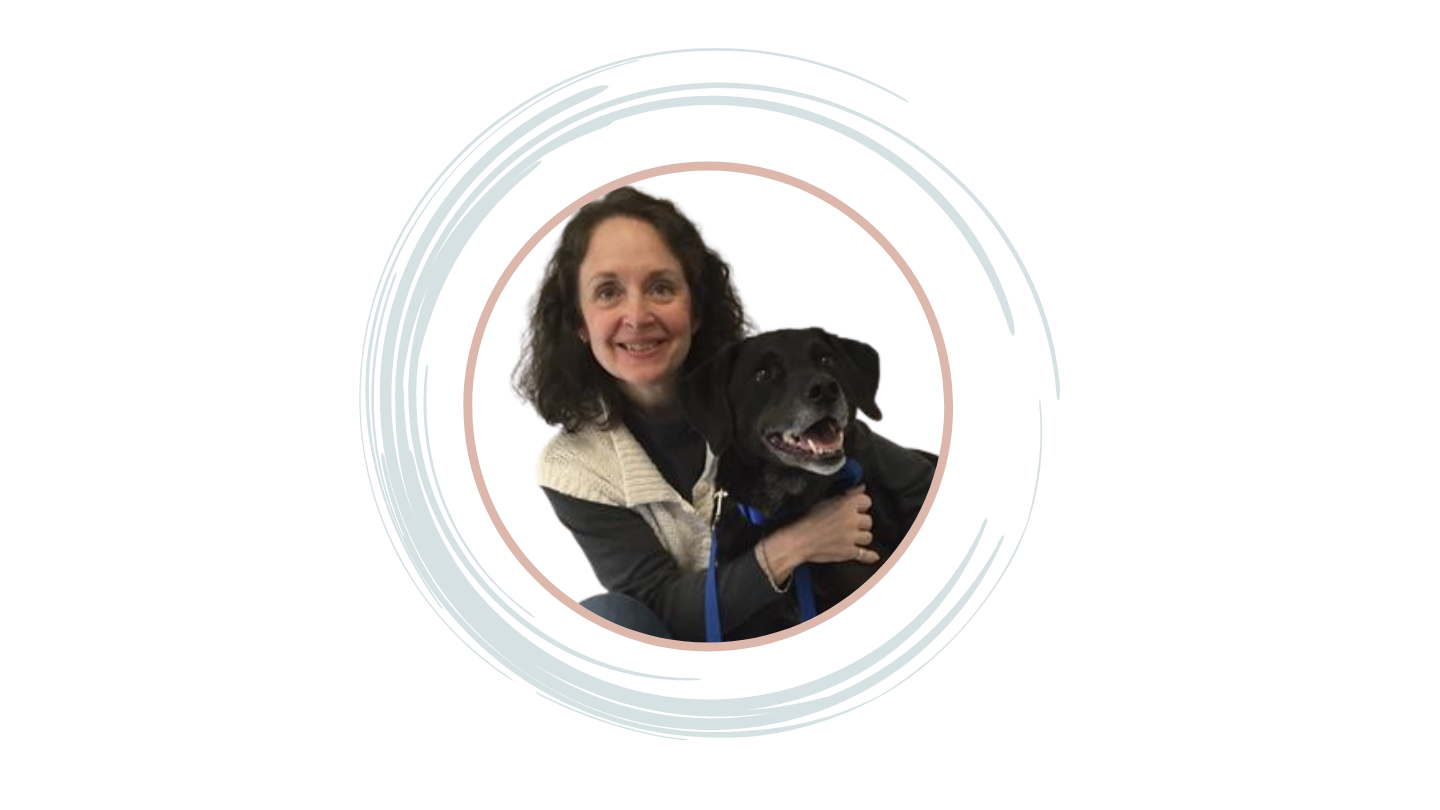PRRS vaccine discovery in swine
28 years ago, Kathy Schlesinger, our Boehringer Ingelheim colleague from development in the US, and the virology research team made an unexpected scientific discovery: they developed a vaccine to protect against Porcine Reproductive and Respiratory Syndrome (PRRS). This disease has greatly impacted the global swine industry for decades. The quest was not easy. It required a lot of perseverance and willpower to fight for what could be a once-in-a-lifetime opportunity to help stop the virus from killing thousands of pigs.

Before Kathy joined Boehringer Ingelheim, she was an academic researcher. Since then, she has had the opportunity to use her skills, and acquire new ones, to develop new products when possible. Throughout her career, Kathy has kept growing and learning. She sees every day as a unique opportunity. “You may not have success at first or even second tries, but you will still learn. You take that knowledge you gain and try again,” says Kathy. This is what she has kept doing every day in the last 45 years.
“The key is finding the right passage”
Back in 1991, scientific work was different from today - resources weren’t as accessible as they are now, and processes took longer. When the disease broke out, Kathy and the team tried to acquire a field sample from infected pigs to work within the US - not an easy task. They knew the virus would need to be isolated and proven as the causative agent to develop a vaccine. No one knew how long it would take. No one had found the right cell line yet. Once isolated, there would be many more months of work to find the right formulation to create a vaccine. After a while, they got the sample, and after trying many cell lines, only one could isolate the virus. Once that was successful, all the experiments started.

“Using Cell culture to work with a virus is fascinating. You must match them together. They must be compatible. Then the key is finding the right passage when the virus will no longer create disease but will immunize the animal,” comments Kathy. Around the 70th passage, they tested the virus in pregnant sows and learned it was safe to use during pregnancy. “This was key for a successful vaccine and an advantage for us at Boehringer Ingelheim. Sometimes, finding the right passage can take hundreds of tries, but for this virus, it was only 70,” says Kathy.

By June of 1994, the first license for a respiratory vaccine was obtained. This made the road easier, and when it was time to get the license for the reproductive syndrome, the way forward had already been paved. Since then, the PRRS vaccine has continued to evolve and has helped to protect pigs from this virus around the world. Kathy and the original team never imagined this discovery's impact on the swine world.
Stopping the disease, no matter what
“Being first on the market has a lot of challenges that you don’t realize until you have that opportunity,” says Kathy. Back then, the team had to take care of product testing, production processes, market-entry, product education, and more. Now, there are teams dedicated to each task. There was a lot of work to put a product successfully on the market, but with the help and support of many colleagues, they managed it. In addition, they partnered with NOBL laboratories in Iowa, a company with extensive knowledge of the swine industry – perfect for tackling new marketing challenges together. The Boehringer Ingelheim team even planned and ensured the proper registration for the EU entry. Anticipating this step made the process simpler when it was time to introduce the PRRS vaccine to the EU.
Throughout the entire process the team never lost sight of the main goal: to stop the disease, no matter what. “The disease was out there creating a lot of serious problems for swine producers. To be able to respond to a new disease and help stop it is very exciting” shares Kathy. “The fact that you have the scientific knowledge and expertise, and that you can help others protect their animals, that has great satisfaction.”
A work for a lifetime
Having the product on the market is only the beginning. Combatting diseases, especially a virus, requires continuous surveillance and monitoring because as the virus changes in the field, the product must be adapted to meet these new variations. The responsibility goes beyond years. If the disease doesn’t go away, the work doesn’t stop. "You need to be a custodian of the product to keep it valuable and on the market," Kathy mentions. This makes science exciting; it doesn’t matter how long it has been, but Kathy never gets bored.

It hasn't always been easy for Kathy. Sometimes, there were unexpected results, that at first seemed like failure. “However, when you gain knowledge, it is never a failure, and that is what you can achieve with every try. The important thing is to share every finding, failure, and success since the beginning of your testing. Share your frustrations and why you are taking a different direction. What you learn with one virus can be used and adapted in another situation, another disease. Always share your knowledge, you never know when it might lead to the next global success".

Related Press Releases

Bridging science and veterinary practice for swine health: The winners of the European PRRS Award 2022
Related Content


